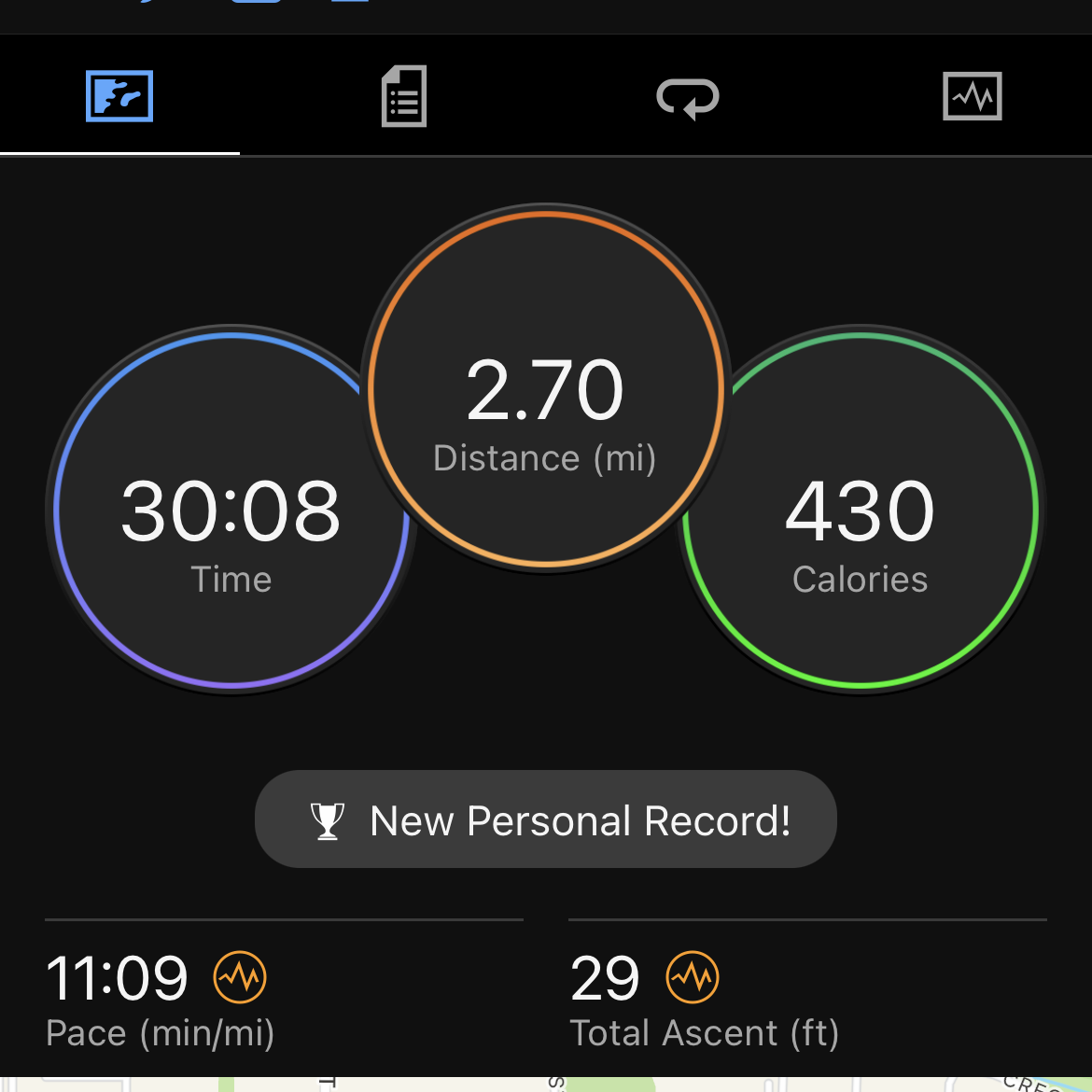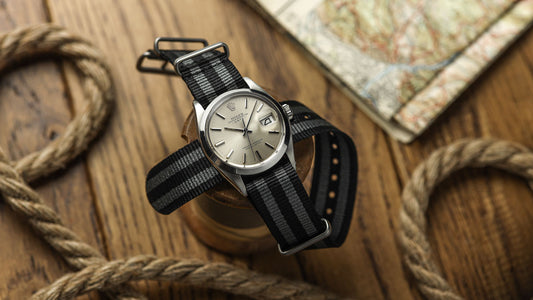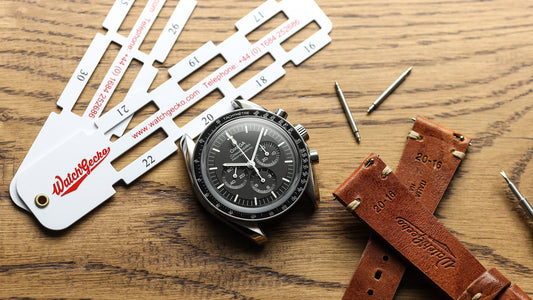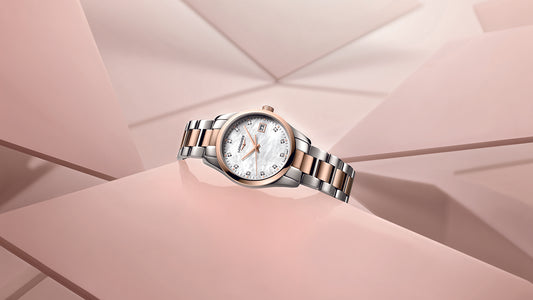There's a unique kind of exhilaration that comes with strapping on a piece of cutting-edge technology. It's not the same as appreciating the mechanical marvel of a traditional watch. No, this is about anticipating the journey ahead – especially when that journey involves breaking a sweat. The Garmin Forerunner 55 isn't just any sports watch; it's a testament to Garmin's commitment to athletic precision.
Venturing further into Garmin's ethos, one is instantly reminded of their impeccable pedigree. This brand isn't new to the world of precision and performance. For years, Garmin has been synonymous with exceptional GPS technology, and when it comes to running watches, their prowess is simply unparalleled. While there are multitudes of smartwatches in today's market offering an array of fitness features, Garmin has consistently narrowed its focus on those who take running seriously.
The Forerunner series, in particular, has been the beacon for runners around the globe. And with the Forerunner 55, Garmin makes a clear statement: this watch is sculpted, not just designed, for the avid runner.
Where other smartwatches may spread their net wide with features galore, Garmin, with the Forerunner 55, has honed in on providing features that matter most to runners.
These include features like:
- Precise distance tracking
- GPS route mapping
- Recommended runs/workouts
- Detailed workout performance metrics (heartrate, elevation gain, etc)
- Health monitoring (steps, calories, sleep, etc)
It's this commitment to precision and specialization that has solidified Garmin as a frontrunner in the running realm.
Now, I'll be candid. I've interacted with a myriad of sportswatches over my tenure, but Garmin's offerings always stand out. There's something about the brand's commitment to evolving with its user base that resonates with me. And the Forerunner 55 is no exception.
The first thing I noticed when unboxing the watch? Its unassuming design, and extremely light weight. Garmin has always been quite adept at merging function with form, but there's a humble elegance in this particular model:
 Garmin Forerunner 55 - Credit Guest Author
Garmin Forerunner 55 - Credit Guest Author
The Display: A Window Into Your Performance
The screen, though not the largest in Garmin's array, is crisp. The contrast ratio ensures you can glance at it mid-stride without losing pace. A great feature for those intense intervals or high-stakes races. The legibility is top-notch, and easy to see while running. This is important because the watch provides priceless data in real-time while you’re running, a feature I’ll get into later on.
That said, I will note that those expecting the UX or resolution of something like an Apple Watch may be put off by the Forerunner’s display. This is not a lifestyle smart watch built to have the most beautiful user interface. Rather, it’s a lightweight running watch meant to provide invaluable activity and health-monitoring data.
This data is best viewed in Garmin’s mobile app, Connect, which is extremely UX-friendly:
 Garmin Forerunner 55 App - Credit Guest Author
Garmin Forerunner 55 App - Credit Guest Author
That’s not to say Garmin doesn’t have an eye for style. On the contrary, some of their higher-priced, premium Forerunners (like the 265) are quite eye-catching, as are the brand’s premium smart watches like the Fenix. Given the modest price-point, one really can’t complain that the Forerunner 55 leans a bit more toward robust functionality than aesthetics compared to some of its pricier peers.
Pace Yourself, Or Let Garmin Do It For You
The built-in GPS, as expected, is quick to lock on and maintains accuracy even in trickier terrains. But what genuinely caught my attention was the 'PacePro' feature. By analyzing your running dynamics, the watch provides real-time pace suggestions. It's akin to having a personal coach wrapped around your wrist, always nudging you to push harder, yet wise enough to tell you when to conserve energy.
Previous smartwatches I owned were somewhat frustrating to use while running, as they didn’t provide real-time feedback. You had to wait until after you finished your work out to analyze your time, pace, heartrate, etc.
The nice thing about the forerunner is that you can see all of this data in real-time, as you’re running, walking, or cycling, so you can adjust accordingly. You can track whether you’re going slower than you’d like, and then choose to pick up the pace. Or on the other end of the spectrum, perhaps you’ve started off too strong, and risk burning out at the end of a longer workout. You could use the feedback to slowdown and prioritize your endurance over the long-haul. These are simple examples, but show how data like this can help you create a better workout.
Heart Over Hardware
The heart rate monitoring in particular is spot on in my experience. I've always been a tad skeptical about wrist-based heart rate monitors, drawing from past experiences. But the Forerunner 55 seems to be dialed in with impressive accuracy.
 Garmin Forerunner 55 - Credit Guest Author
Garmin Forerunner 55 - Credit Guest Author
The feature is further amplified with Garmin’s 'Body Battery' function, giving a rather informative glimpse into one's energy levels throughout the day. It's not just about knowing your heart rate; it's about understanding your body's energy ebb and flow throughout the day.
Using a combination of data – heart rate variability, stress, and physical activity among others – the 'Body Battery' paints a vivid picture of when you're primed to tackle that intense workout or when it might be better to take things a notch down and recover.
It’s just another way the watch can help you plan your workouts more intelligently.
Tracking Other Activities
It’s worth noting that while the Forerunner, as the name implies, is geared toward runners, it does have the ability to track other activities, including walking and biking.
I put the biking feature to the test last spring on a 20+ mile bike ride up Going-to-the-Sun Road in Glacier National Park, Montana, USA.
Going-to-the-Sun Road isn't just any stretch of tarmac; it's a marvel that serenely winds through Glacier National Park's most spectacular vistas. As I pedaled along, each turn revealed sprawling views of majestic mountains and deep canyons:
 Glacier National Park - Credit Guest Author
Glacier National Park - Credit Guest Author
This tranquility starkly contrasts the frenzied commotion of tourists that flood the park during its bustling summer months of July and August. It felt as though the road, the mountains, and the winding paths belonged exclusively to us cyclists, a fleeting moment of serenity before the inevitable summer surge.
During my trip, the Forerunner’s activity tracking features proved just as helpful for biking as for running. You’ll see that the visibility is good enough to see these key metrics even despite the rainy weather (note: the speed is 0.0 because I pulled over on my bike to take the photo):
 Garmin Forerunner 55 - Credit Guest Author
Garmin Forerunner 55 - Credit Guest Author
On other cycling journeys, the GPS tracking has proved to be very helpful as well. Using the Garmin Connect mobile app, you can not only track your performance metrics during your activities, but also see the exact route you took using Garmin’s GPS tracking technology:
 Garmin Forerunner 55 App - Credit Guest Author
Garmin Forerunner 55 App - Credit Guest Author
Bottom Line: A Marathon, Not a Sprint
At a glance, the Garmin Forerunner 55 might seem like just another sports watch in a saturated market. Yet, when you dive deep, appreciating its nuanced features, there's a realization. It's a distillation of what Garmin believes a modern runner needs. It doesn't scream for attention but silently works in the background, ensuring you're always on track.
In the ever-evolving race of sports technology, does the Forerunner 55 take the gold? From testing so far, the answer leans towards a resounding yes.
Brand and Model Technical Specifications:
Brand: Garmin
Model: Forerunner 55
Price: $200
Material: Polymer case, with a silicone strap.
Movement: Digital movement (powered by Garmin’s software platform)
Complications:
- Precise distance tracking
- GPS route mapping
- Recommended runs/workouts
- Detailed workout performance metrics (heartrate, elevation gain, etc.)
- Health tracking (steps, calories, sleep, etc.)
- 'PacePro' feature for real-time pace suggestions
- 'Body Battery' function
- Activity tracking (biking, walking, running)
Crystal: Chemically strengthened glass.
Dial: Digital display, optimized for readability during athletic activities. Not necessarily built for aesthetic UI like some lifestyle smartwatches.
Size: 42mm
When the reviewer would personally wear it: All day every day. Or during running and athletic activities, biking adventures.
A friend we’d recommend it to first: Beginner to intermediate level runners, walkers, and athletes who prioritize performance metrics and detailed tracking over purely aesthetic features.
Best characteristics of the watch:
- Crisp, legible display
- Real-time feedback during workouts
- Precise heart rate monitoring
- 'Body Battery' function that provides insights into one's energy levels
- Strong GPS tracking, even in challenging terrains
- 'PacePro' feature for adaptive training suggestions
The worst characteristics of the watch:
- Those seeking a luxurious UX or high-resolution display akin to lifestyle smartwatches may be disappointed.
- Leans more towards functionality than aesthetics compared to Garmin’s higher-end models.

















